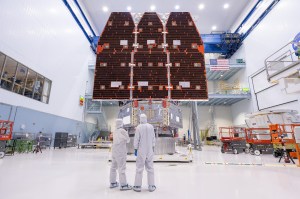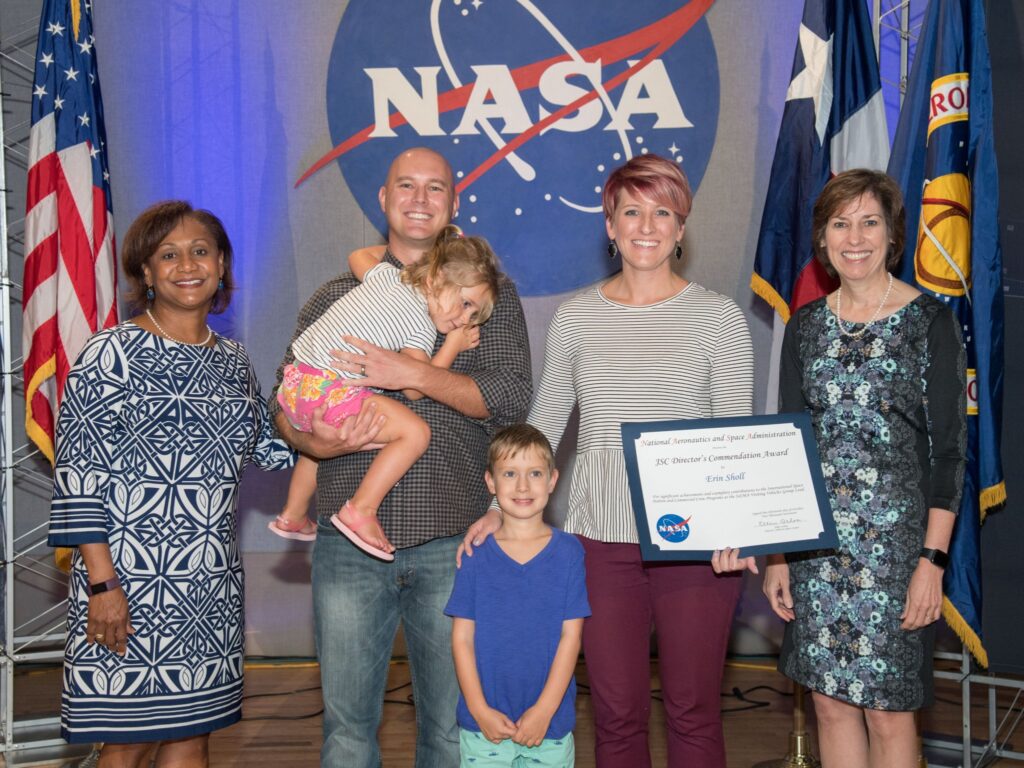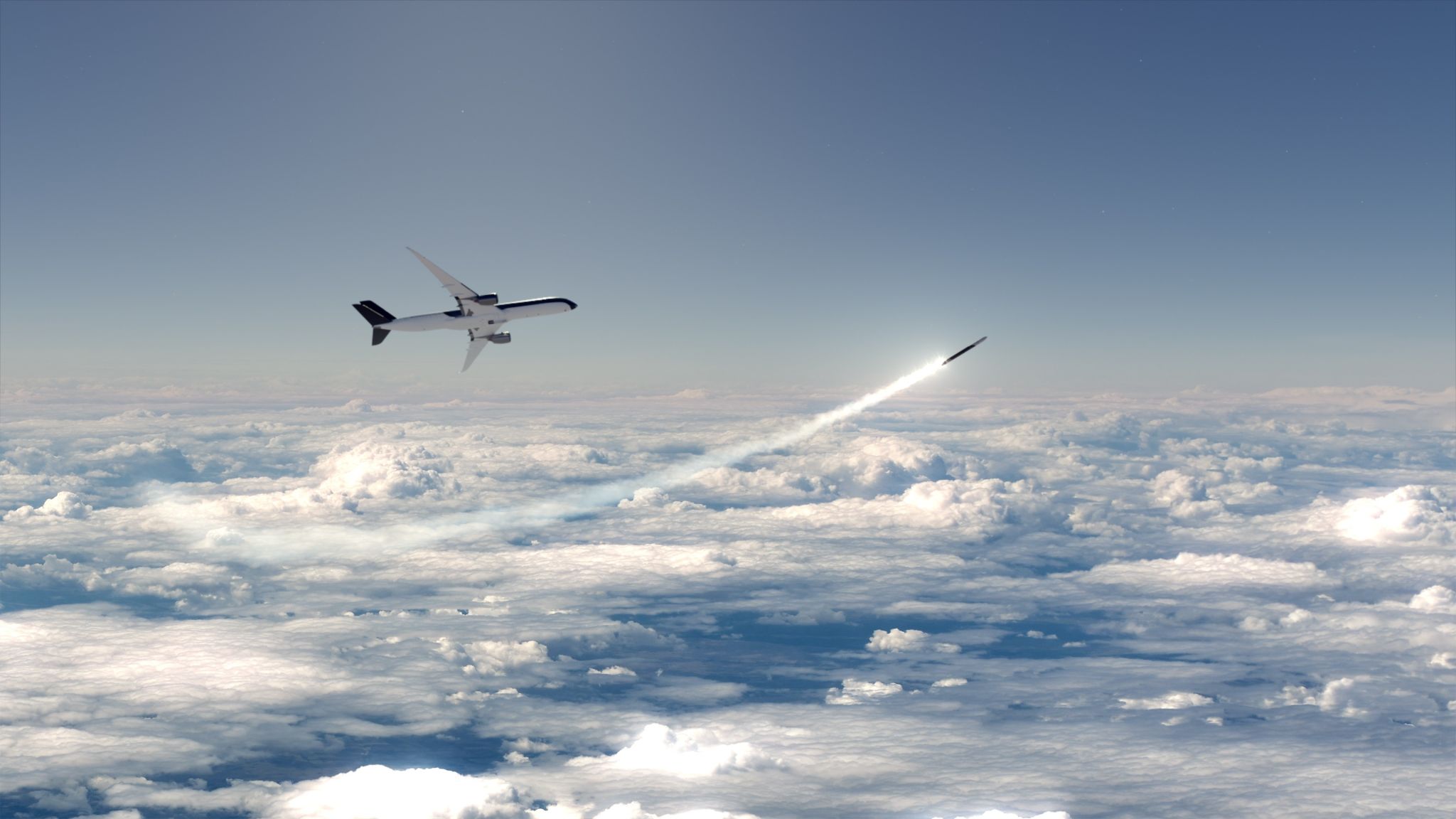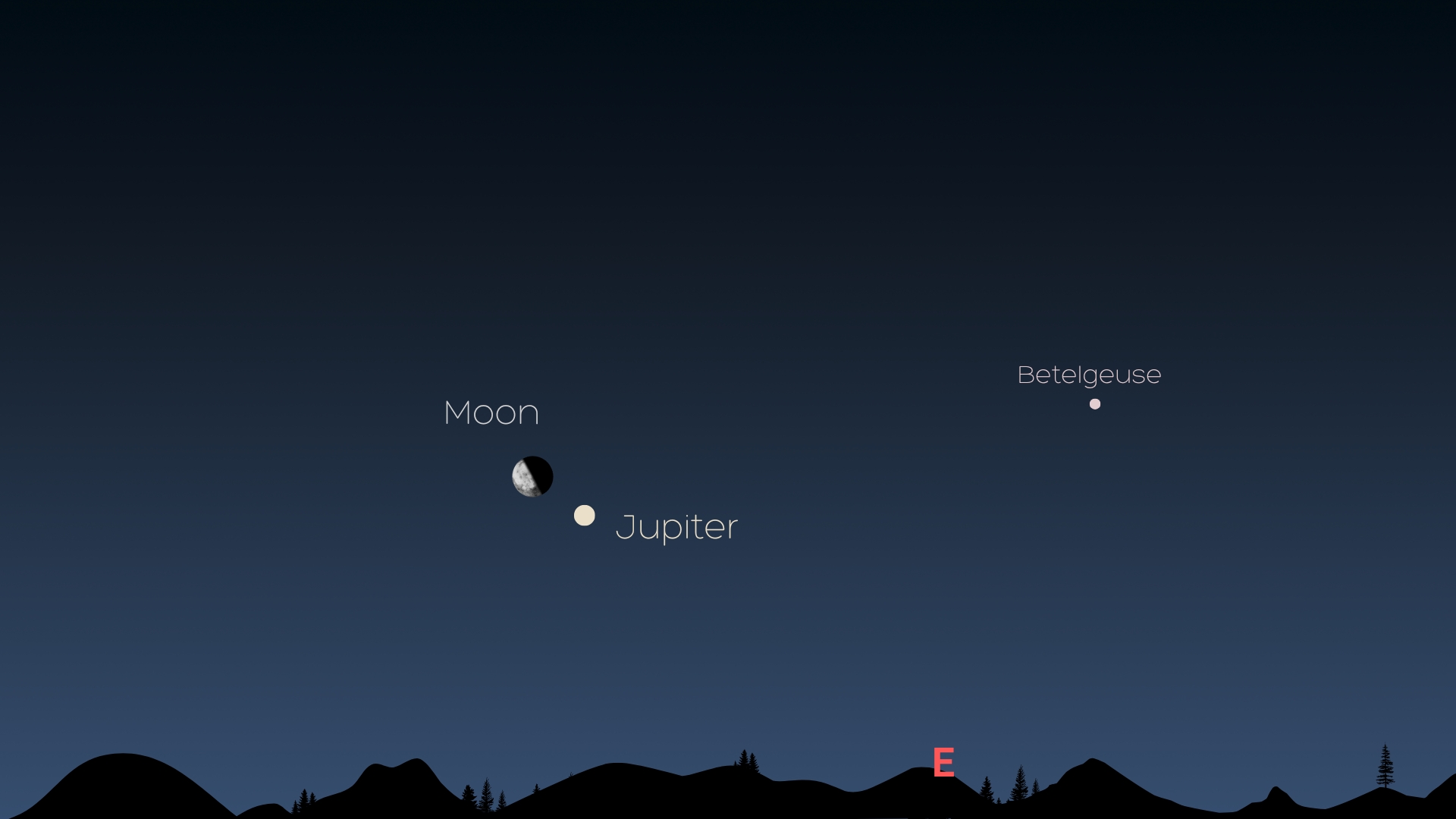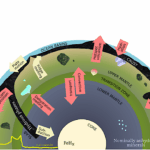Now Reading: SpaceX prepares for historic Flight 11 marking the end of an era at Launch Pad 1(A)
-
01
SpaceX prepares for historic Flight 11 marking the end of an era at Launch Pad 1(A)
SpaceX prepares for historic Flight 11 marking the end of an era at Launch Pad 1(A)
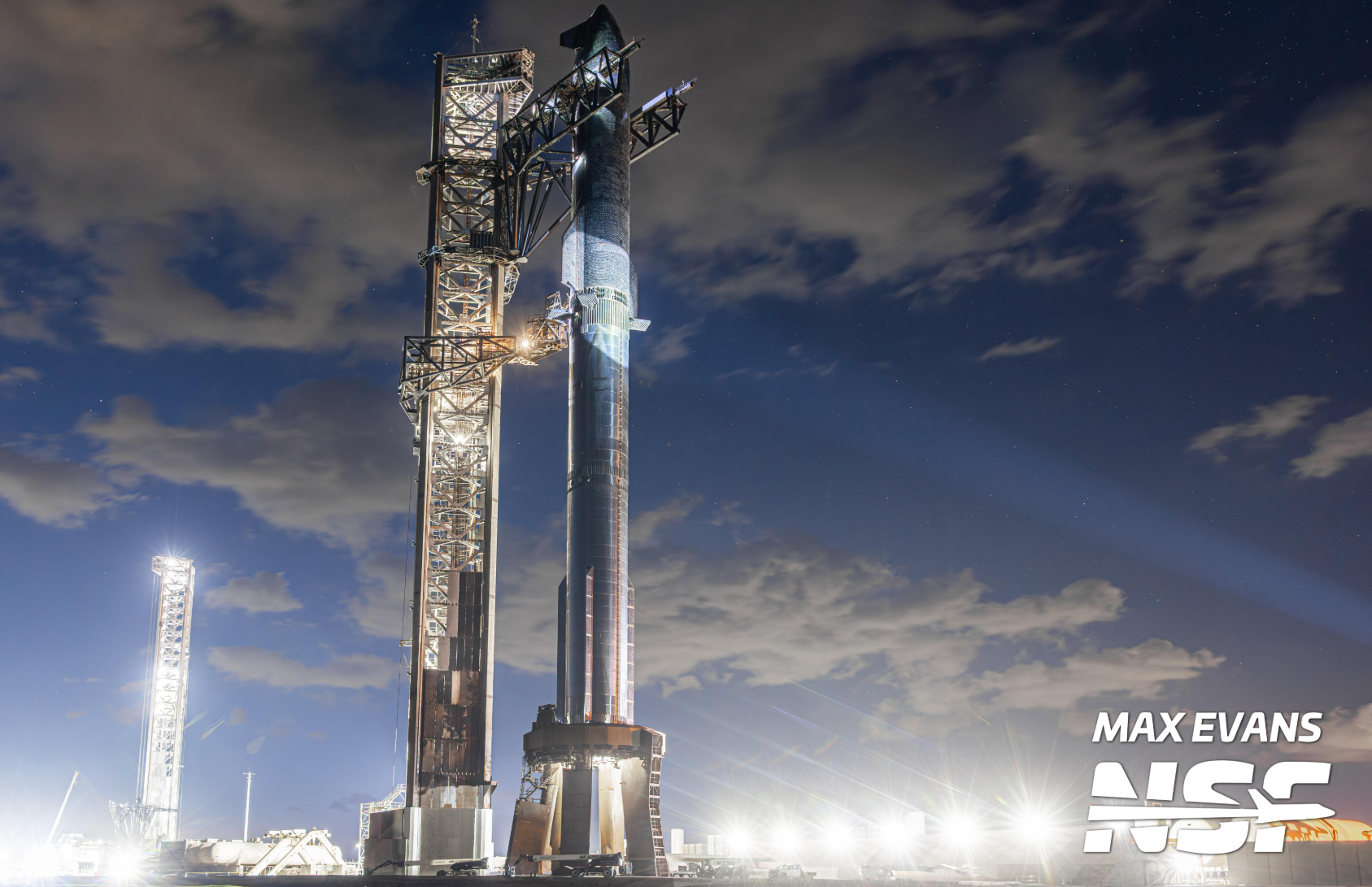

After completing a sequence of ten flight tests punctuated by extensive static firings and cryogenic proof assessments, SpaceX is set to launch Flight 11, marking the conclusion of operations at the current configuration of Launch Pad 1(A) for the Starship program. This final mission for the Block 1 and Block 2 Starship vehicles aims to propel the program into its next phase, which will introduce Block 3 configurations and the next generation of Raptor engines along with an upgraded launch pad design.
As Flight 11 prepares for takeoff, it signifies the end of an era for Pad 1(A), which has been instrumental in the development of the Starship series. This pad, over the past few years, has transformed from a booster test area conducting cryogenic tests to a site for various flight launches. Notably, the pad endured significant damage during the inaugural flight when an unprotected concrete foundation gave way under the force of the engines, resulting in a blast that resembled a volcanic eruption.
The pad was pivotal during several memorable moments in the program, including the remarkable recovery of boosters by SpaceX’s “mechazilla” system. It has hosted multiple iterations of the Starship and has been crucial in conducting static fires, culminating in the successful launches of Boosters 14, 15, and 16, which completed their missions satisfactorily.
For this final launch, SpaceX will use Booster 15-2 paired with Ship 38, both representing the final iteration of the Block 2 Starship vehicles. This specific block has experienced challenges in the past, with some Starships facing failures. However, the success of Flight 10 with Ship 37 aims to provide a strong end to this series with the hope of Ship 38 continuing that positive trend.
Ship 38 will appear similar to Ship 37, albeit with patches of missing heat shield tiles for testing purposes, reflecting SpaceX’s commitment to rigorously evaluate performance characteristics. Booster 15-2, which previously flew on Flight 8, will undertake standard mission objectives, including a landing burn that tests engine reliability during final descent.
The mission plan remains largely unchanged from prior flights, with the booster set to execute key maneuvers from ascent to boost back burn and a controlled descent, ultimately splashing down in the Gulf of Mexico. Meanwhile, Ship 38 will attempt to reach the coast phase, deploy dummy Starlink satellites, and perform a post-burn splashdown in the Indian Ocean.
Propellant loading and in-flight procedures for the mission have seen only minor adjustments, with SpaceX targeting a launch window on October 13 at 6:15 PM CDT. The weather forecast appears favorable, offering clear skies and mild temperatures conducive for the launch. This bittersweet occasion, representing the end of an operational chapter at Pad 1(A), also heralds a bright future for SpaceX with new upgraded launch pads expected to be completed in the coming year.
Stay Informed With the Latest & Most Important News
Previous Post
Next Post
-
 012024 in Review: Highlights from NASA in Silicon Valley
012024 in Review: Highlights from NASA in Silicon Valley -
 02Panasonic Leica Summilux DG 15mm f/1.7 ASPH review
02Panasonic Leica Summilux DG 15mm f/1.7 ASPH review -
 03From Polymerization-Enabled Folding and Assembly to Chemical Evolution: Key Processes for Emergence of Functional Polymers in the Origin of Life
03From Polymerization-Enabled Folding and Assembly to Chemical Evolution: Key Processes for Emergence of Functional Polymers in the Origin of Life -
 04How New NASA, India Earth Satellite NISAR Will See Earth
04How New NASA, India Earth Satellite NISAR Will See Earth -
 05And Thus Begins A New Year For Life On Earth
05And Thus Begins A New Year For Life On Earth -
 06Astronomy Activation Ambassadors: A New Era
06Astronomy Activation Ambassadors: A New Era -
07SpaceX launch surge helps set new global launch record in 2024













